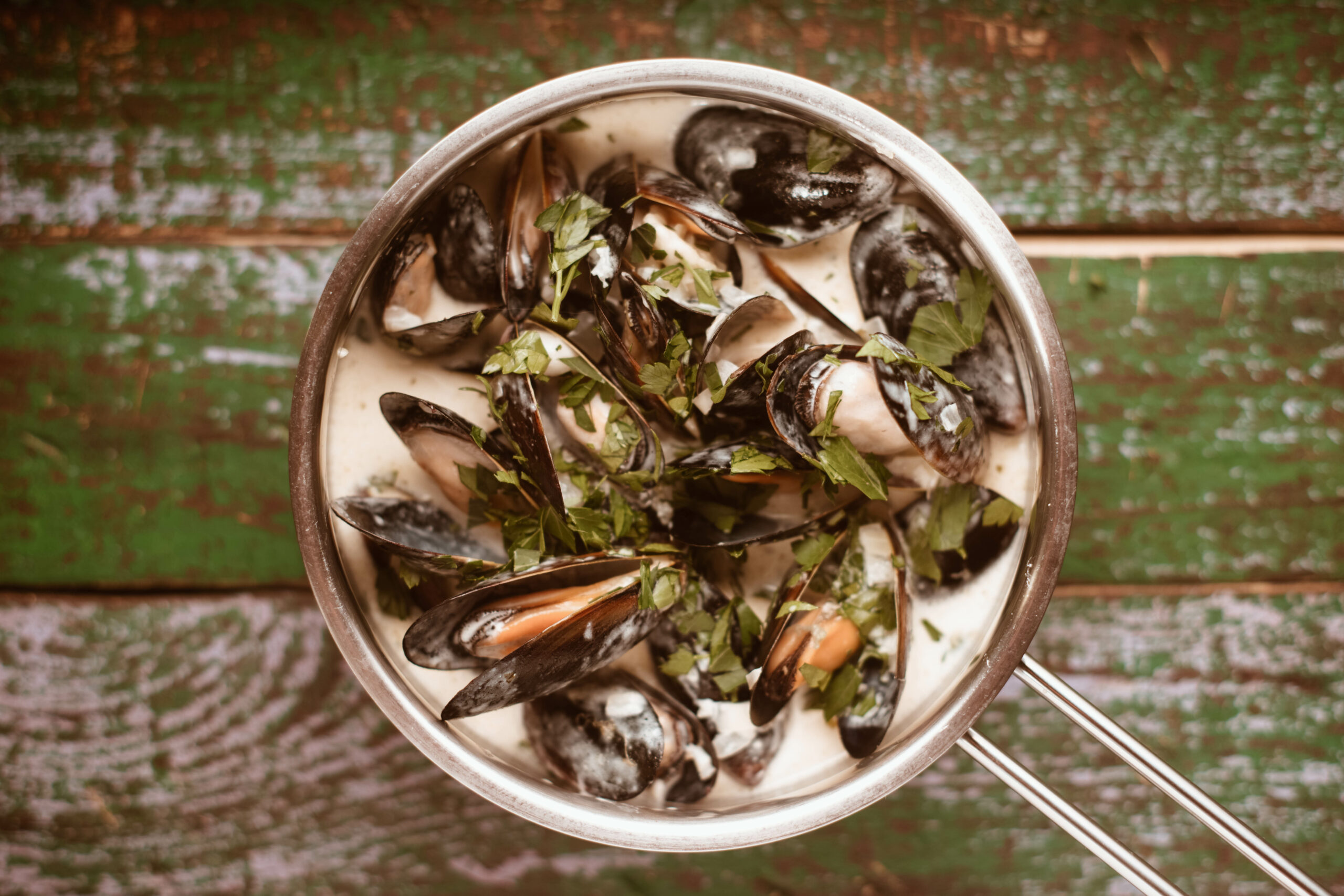Bursting with vibrant primary colors, the scent of lavender wafting in the breeze, and the flavor of olives and grapes ripened under a hot sun, Provence is a feast for the senses.
The South of France has always been defined by its joie de vivre, one that is convivial and communal but also tranquil. The land is fertile, the villages idyllic, making Provence an ideal place to enjoy the bounty of nature in a relaxing setting.
While the region is vast and encompasses a variety of towns and seven departments, we guide you through three vastly different areas—Drôme Provençale, Vaucluse and Bouches-du-Rhône—for a quiet escape that features culture, food, sun, and nature. So, skip Marseille and Cassis and head to the heart and soul of Provence.
Drôme Provençale: The gateway to Provence
Situated south of Valence, the Drôme Provencale is where the colors and landscapes of Provence come alive as you arrive from the north. Quaint villages (some listed among the most beautiful in all of France), verdant mountains and fertile fields of lavender reign supreme here.
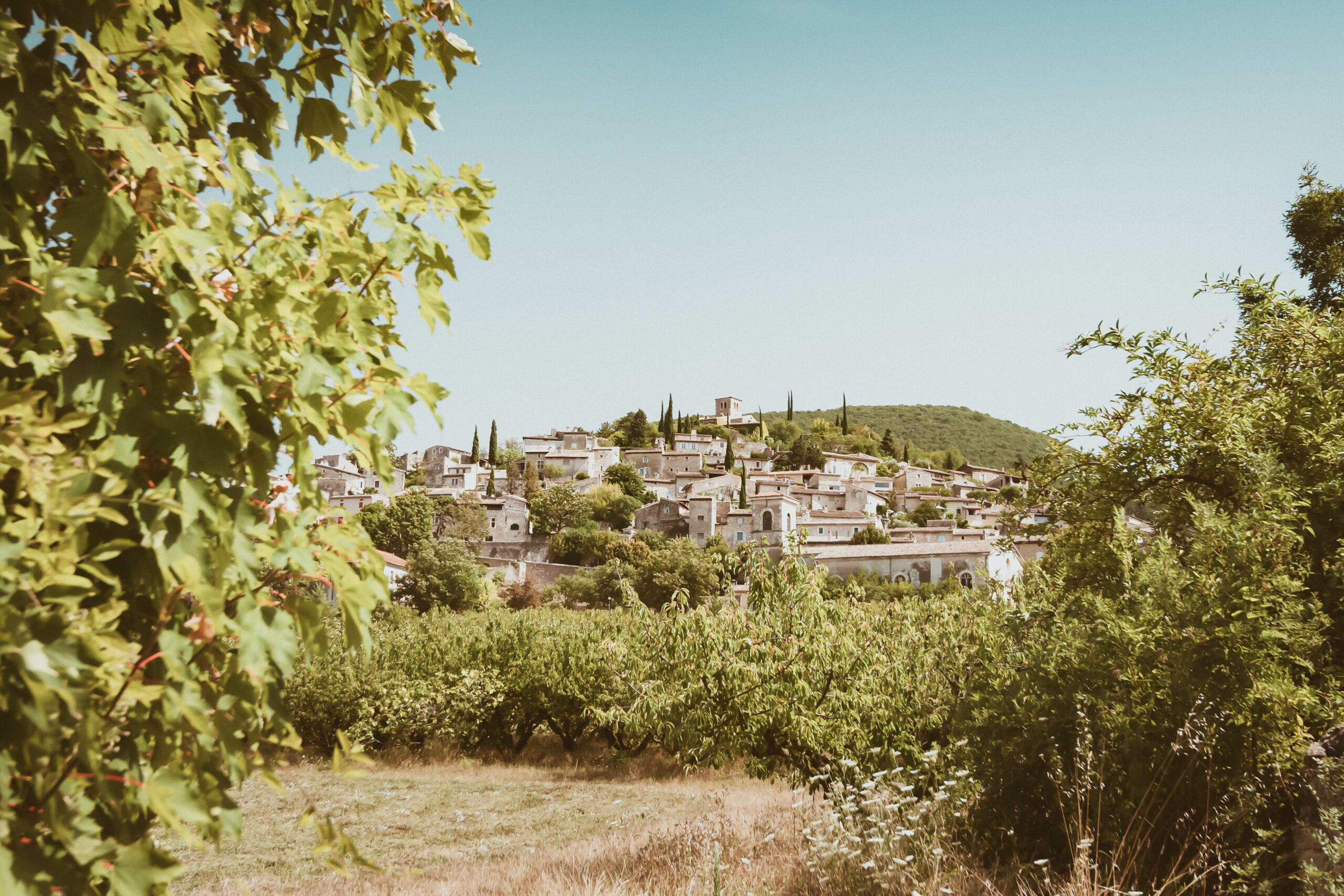
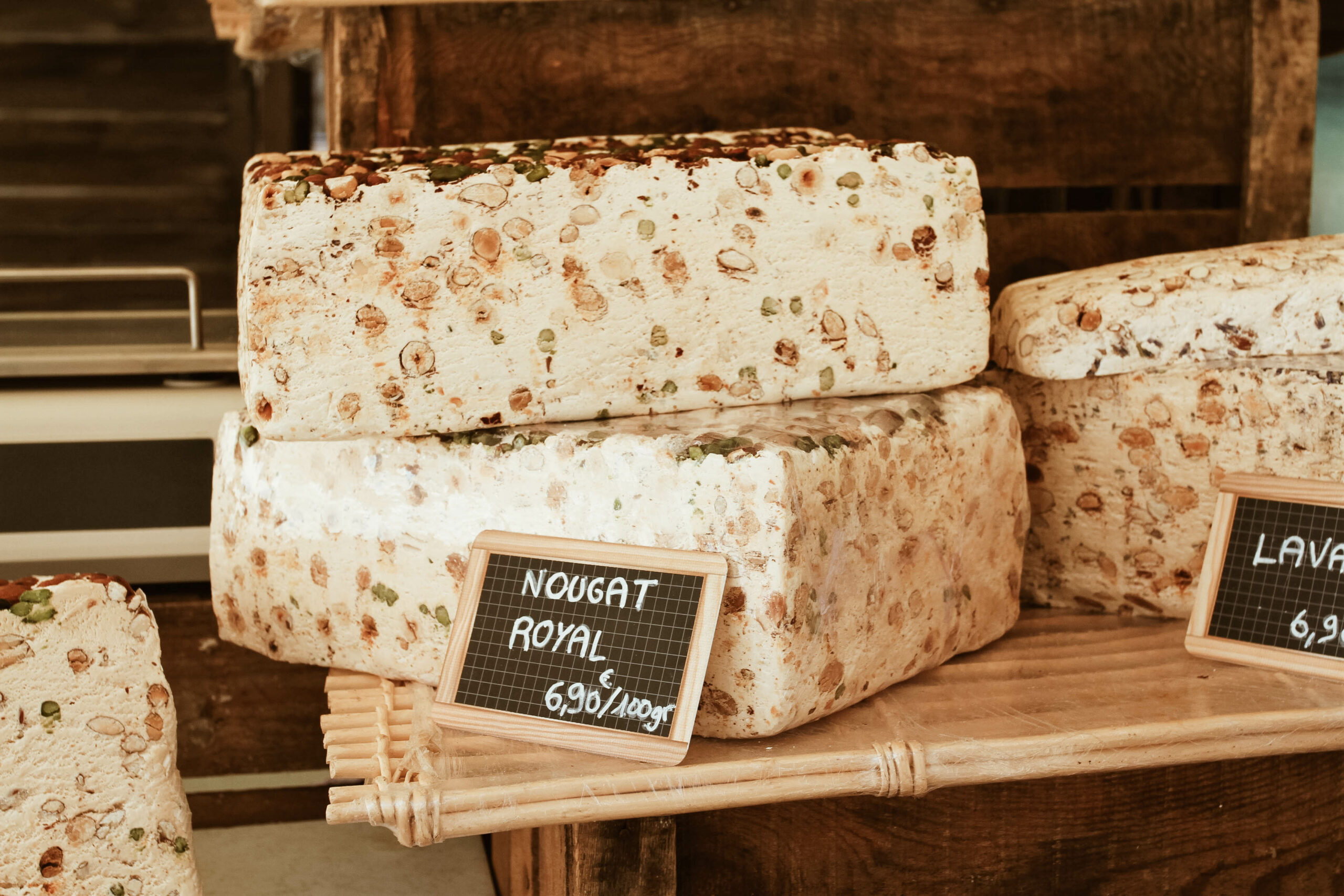
Montélimar is a good starting point with daily connections from major cities. From there, you can reach myriad villages by bus. But before launching your journey, enjoy a quick taste of nougat, a French candy made from sugar, egg whites, almonds and roasted pistachios.
Head to Nyons in the southwest to the Baronnies Provençales Natural Park. Here, the black olive is queen of the land. Olive groves dot the landscape, offering precious oil with sweet aromas of hazelnut and green apple. Follow the Route des Oliviers through lavender fields and apricot trees. Along the way, producers showcase their expertise and passion. Bring home a delicious souvenir labelled “Olive AOP de Nyons,” ensuring authenticity!
Before leaving Nyons, savor one of its Côtes du Rhône wines. The organic white La Fille des Vignes wine is typical of the area and is designated “Appellation d’Origine Protégée.” The wine pairs perfectly with Nyons’ delicacies such as olive tapenade or picodon, a puck-shaped goat cheese with a nutty flavor.
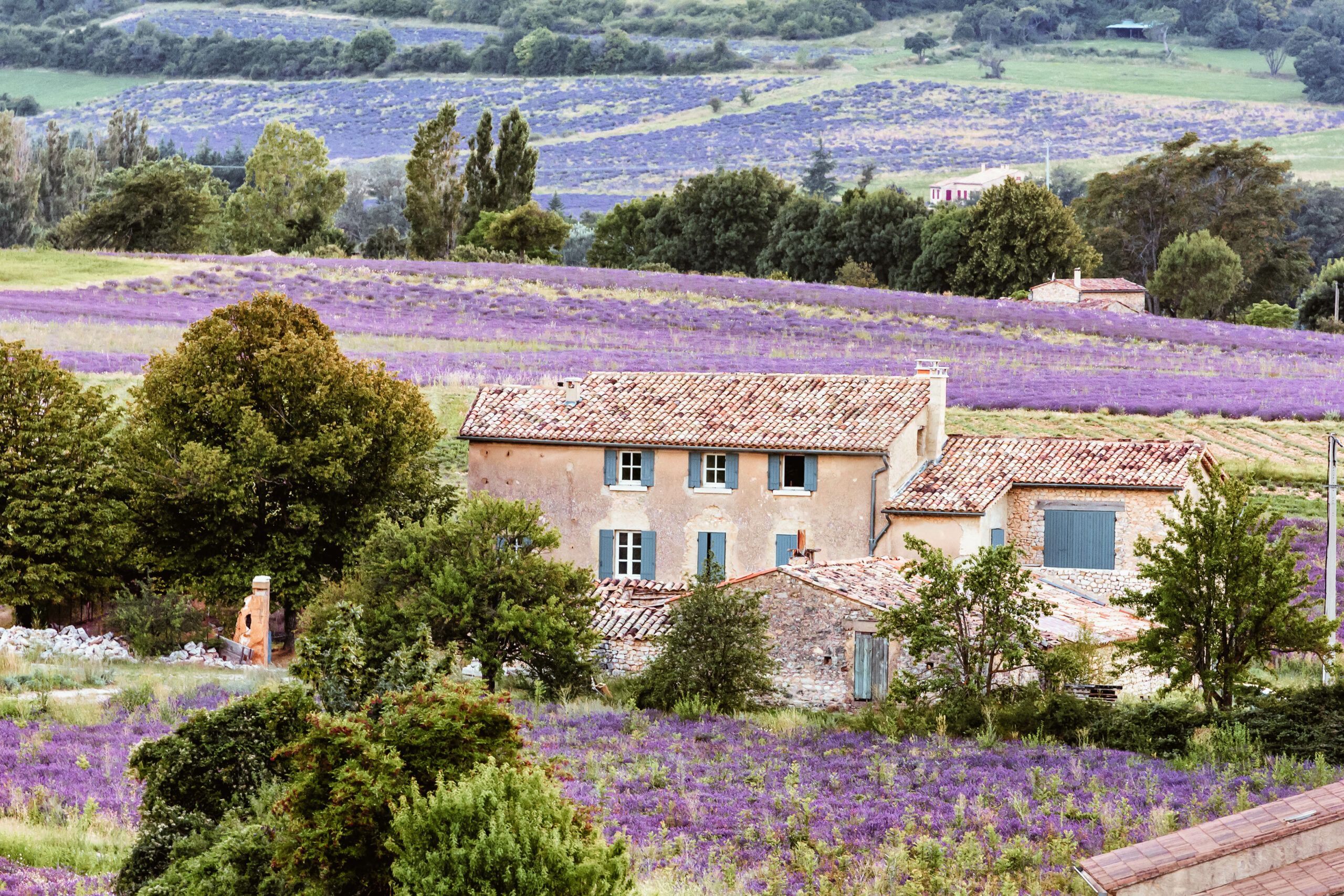
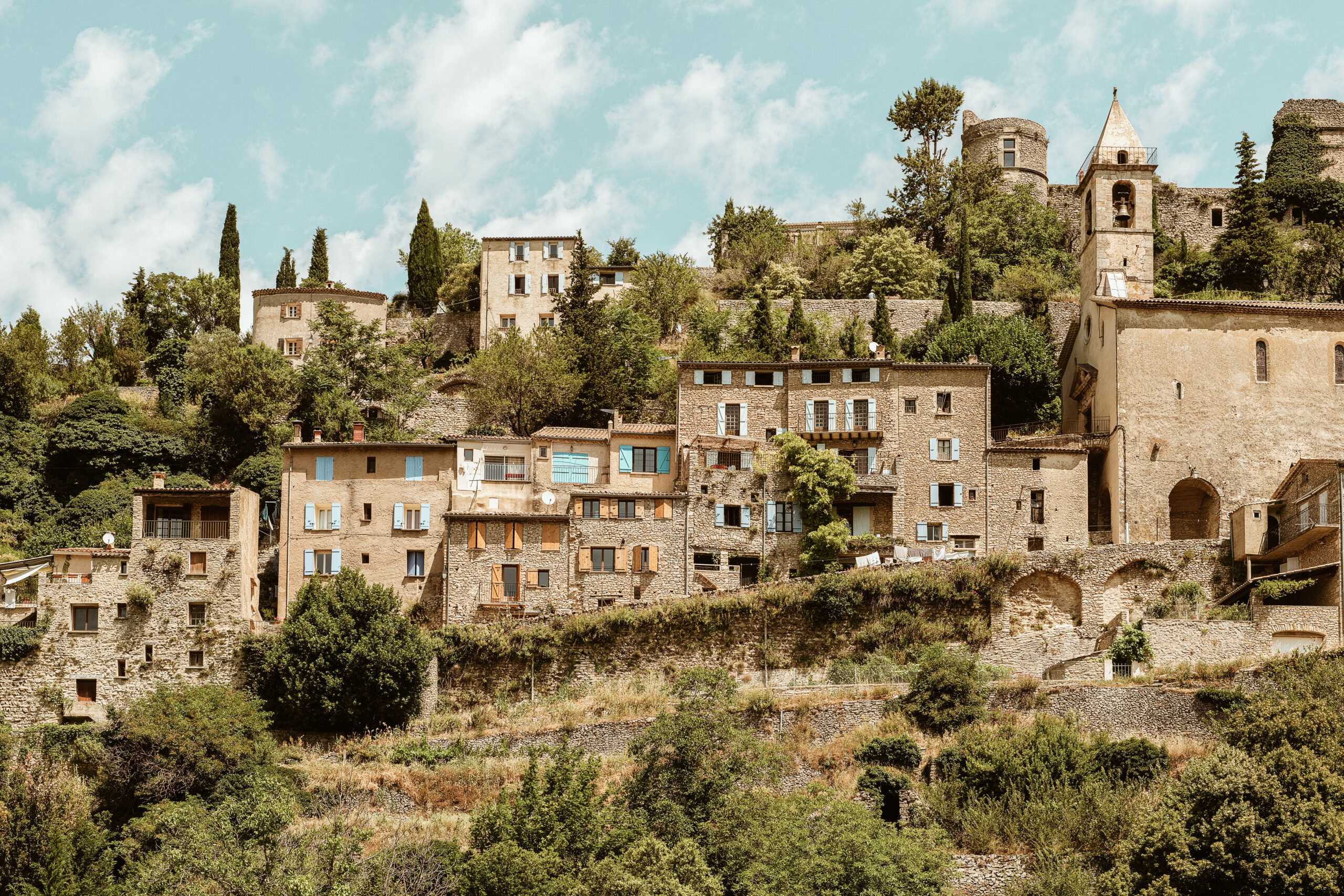
End your journey in Montbrun-les-Bains, a thermal village where invigorating sulfur springs bubble from the ground. The ValVital spa boasts jacuzzis on its rooftop, with a stunning view over the green mountains.
Vaucluse: The heart of Provence
Considered the heart of the region, Vaucluse offers four distinct panoramas: the Mont Ventoux and its high valleys, the Luberon and its red clay, the Rhône Valley and its myriad vineyards, and the Pays d’Avignon and its historical witnesses.
Start your journey in the capital of Avignon. The “City of the Popes” is filled with medieval architecture and was the main papal residence in the 14th century. Its iconic Palais des Papes, a Gothic masterpiece listed as a UNESCO World Heritage Site, boasts romantic gardens, flowered cloisters, high vaults and frescoes.
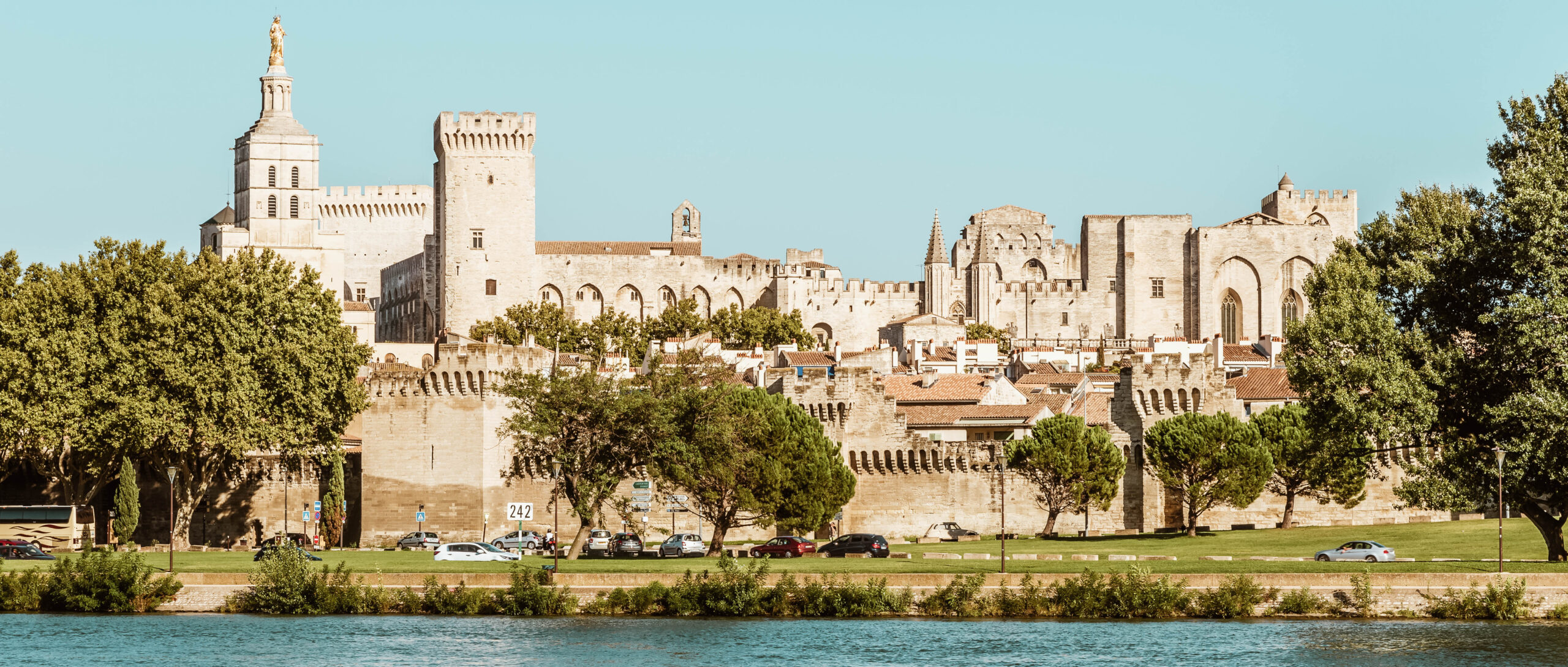
From Avignon, head east to Luberon. Make your way to L‘Isle-Sur-La-Sorgue, a charming French village. Its meandering canals with flower-filled bridges add grace to the already idyllic setting. Rustic paddle wheels, once used to power its rich textile industry, dot the streets. Don’t miss the International Art and Antiques Fair for vintage handcrafts or “Le Marché Flottant” (Floating Market) where merchants, dressed in traditional costumes, sell their wares on boats roaming the canals. Don’t leave before enjoying a delicious repast at Café de France.
From here it’s time to head to Roussillon, a geological marvel that ranks among the most beautiful villages in France. In the heart of the Luberon Natural Park and enthroned on a rocky spur, an impressive color palette awaits, at times reddish orange or golden yellow and even dark purple. The ruddle, a clay colored with natural pigments, dyes the landscape and the houses in warm shades.
From Rousillon, join the “Sentier des Ocres,” a guided path that passes through old quarries, lavender fields and vineyards, before reaching the Provençal Colorado in Rustrel. This is where you’ll find the reddish clay and silica sands that the region is known for. Along the way, take a break in the village of Apt, known as a mecca for candied fruits and pottery.
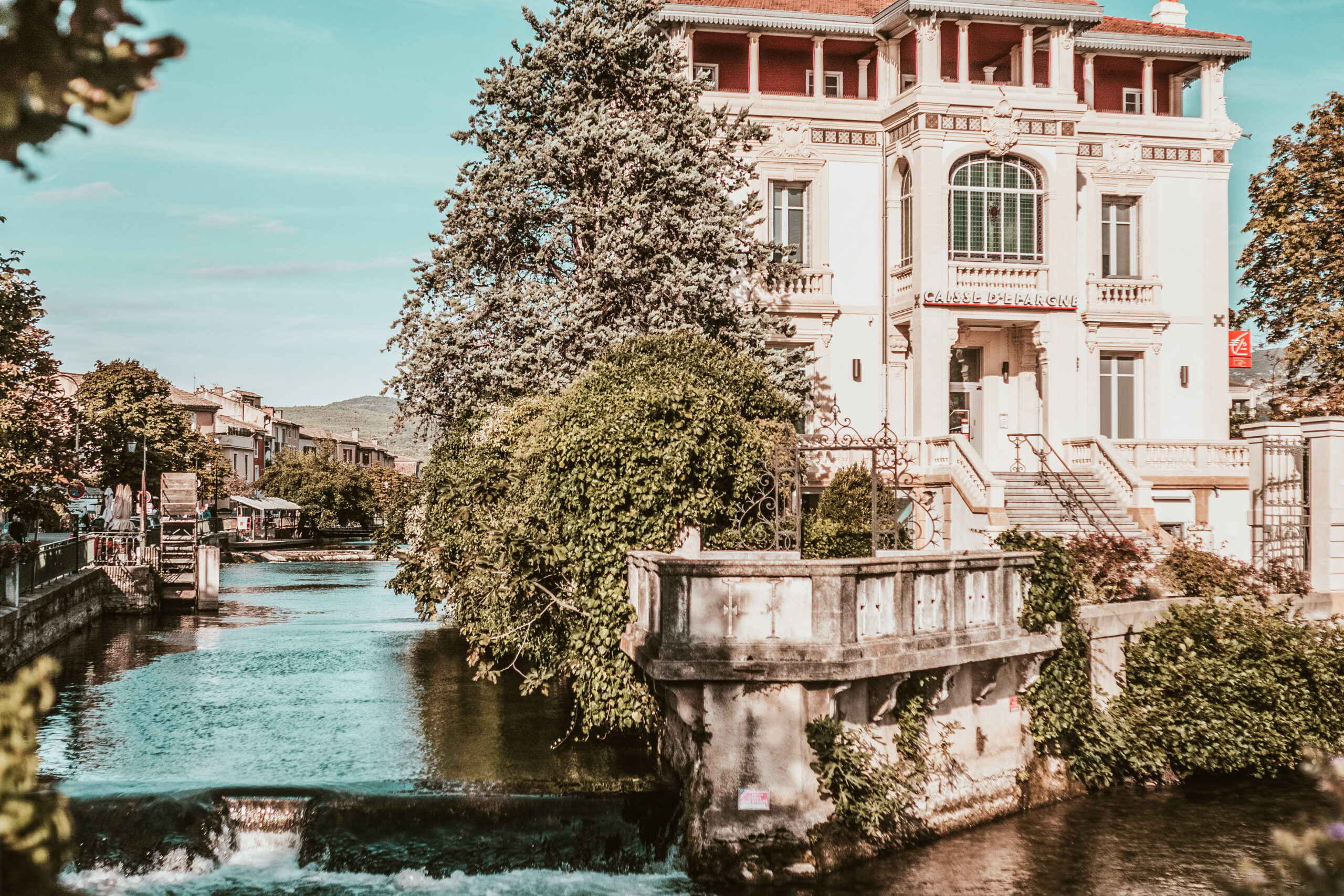
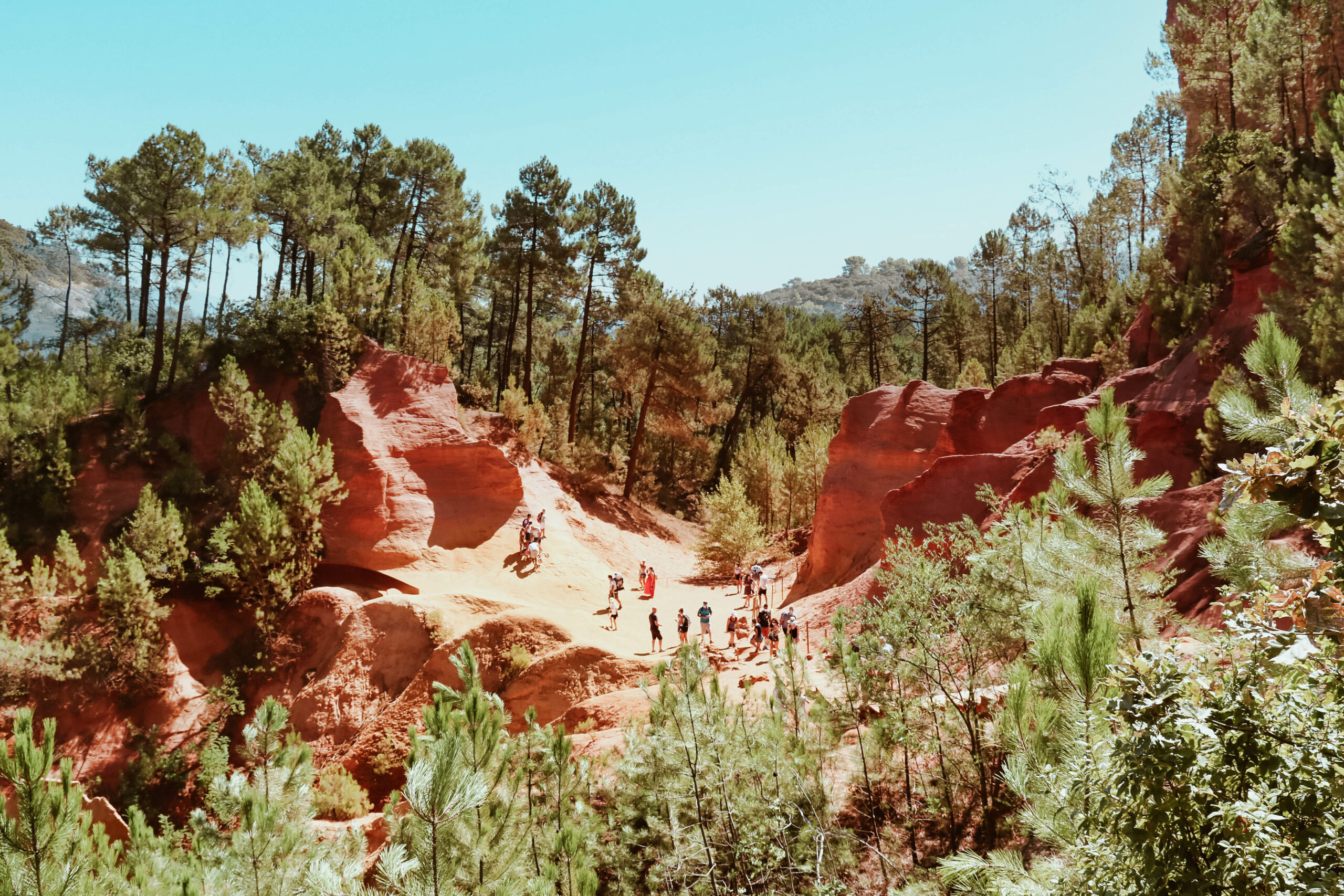
Les Bouches-du-Rhône: The door to the Mediterranean
In southern Les Bouches-du-Rhône, Provence merges with the breeze of the Mediterranean Sea, resulting in a vibrant atmosphere that is best expressed by the cheerful southern accent of its people. From mountains to turquoise waters and wild hinterland, Les Bouches offers a tranquil retreat, far from the hustle and bustle of other regions of Provence.
Start your journey in Arles. A UNESCO World Heritage Site, Arles boasts historic monuments and was once home to Vincent Van Gogh, who, inspired by the colors and lights of Provence, painted 350 works here. Hunt its streets and surrounding villages after sunset for a “Starry Night” in real life.
Just 30 minutes away, Les Baux-de-Provence awaits. Overlooking the Alpilles Regional Natural Park, a sumptuous blend of forests, rock outcroppings, vineyards and olive trees, Les Baux’s medieval center is brimming with stone houses, Renaissance remains, small chapels and limestone quarries.
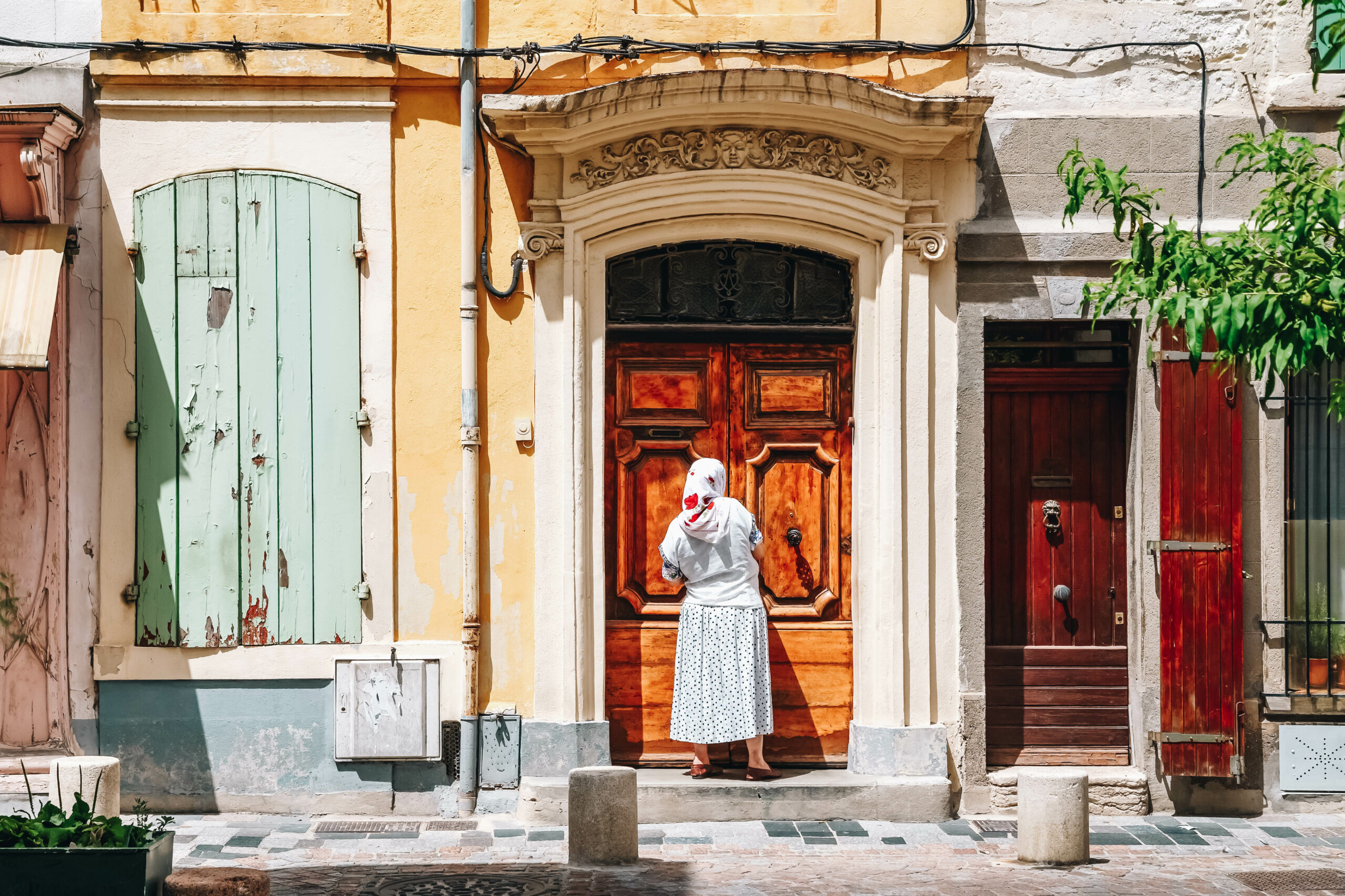
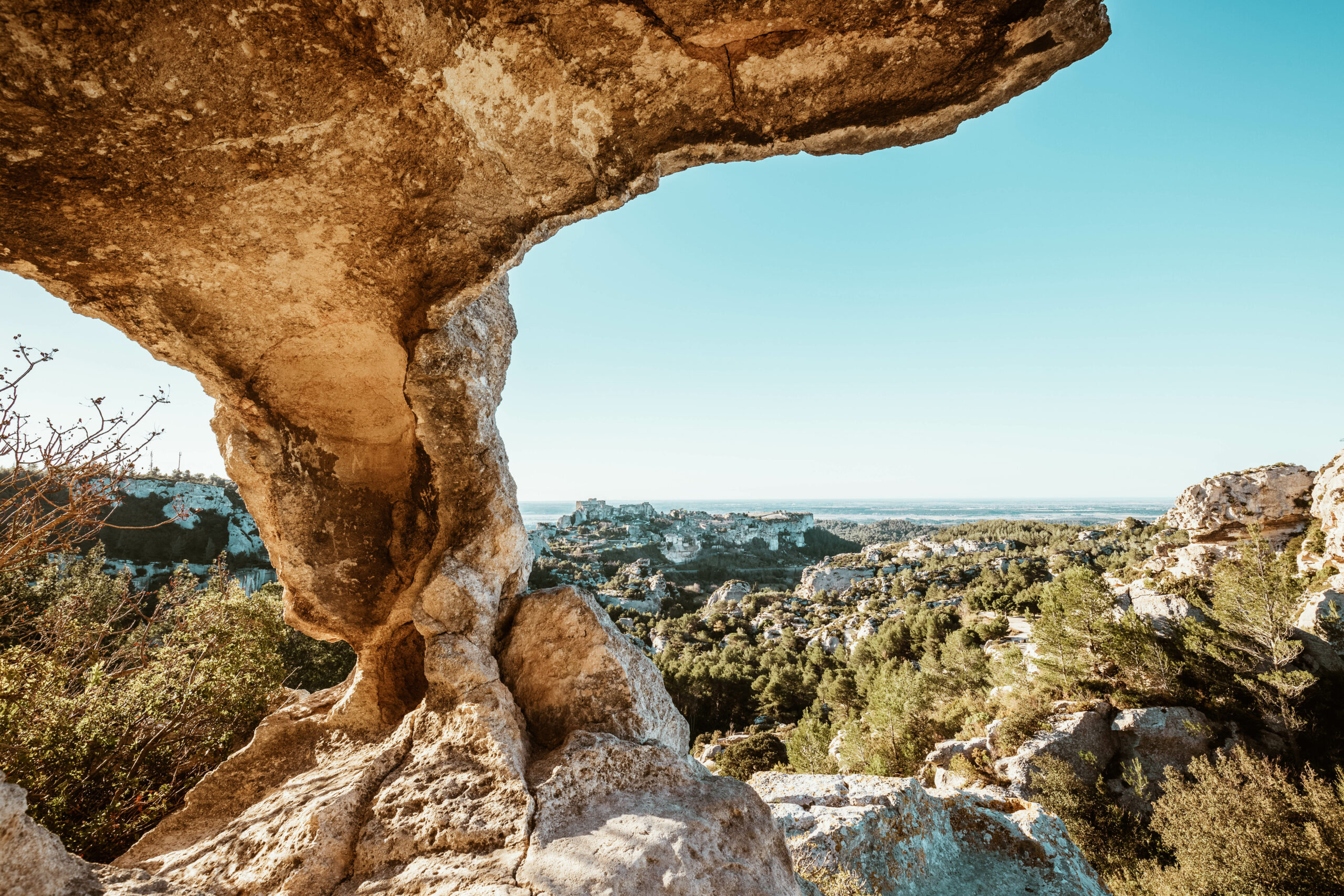
For an artistic immersion, visit the Carrières de Lumières, a former quarry converted into a digital exhibition space dedicated to the world’s greatest artists. Art is projected onto the quarry’s whitewashed limestone walls, creating an immersive labyrinth. The works of Cézanne and Kandinsky are being featured this year.
Les-Baux-de-Provence boasts its own AOC labelled wines. Mourvèdre, Syrah and Vermentino reign supreme. Its red wine is very dark and dense, with spicy flavors and a closing note of chocolate. Its rosé, with a vivid profile on the nose, leaves a fresh fruity mouthfeel.
Make your way to La Camargue, the wild land of horses and bulls. With an extremely flat topography, the horizon blends seamlessly with the sea, marshes and ponds.
The marshes, such as Marais du Vigueirat, can be explored by foot, bike or in a horse-drawn carriage. From pink flamingos to gorgeous white horses, this preserved area is home to many plant and animal species. “Les Sentiers de l’Étourneau” is also a great option and wheelchair accessible.
In the middle of lagoons and marshes, you’ll find Aigues-Mortes, a fortified medieval town. The village has been home to fishermen and salt farmers since the crusades, shedding light to the origin of its fortification. Climb one of the towers to enjoy a breathtaking view over the horizon, ideally at sunset, when the flat land shines like a mirror.
Here, you’ll enjoy the best delicacies of the sea and land. Try the gardiane de taureau. The bull steak is a Camarguaise delicacy. More classic but no less delicious dishes include traditional mussels served with Roquefort cream, or grilled cuttlefish, marinated in chilli.
Provence is a veritable feast for the senses, offering a wealth of attractions, food and wine that will satisfy your cravings to rest and relaxation.

